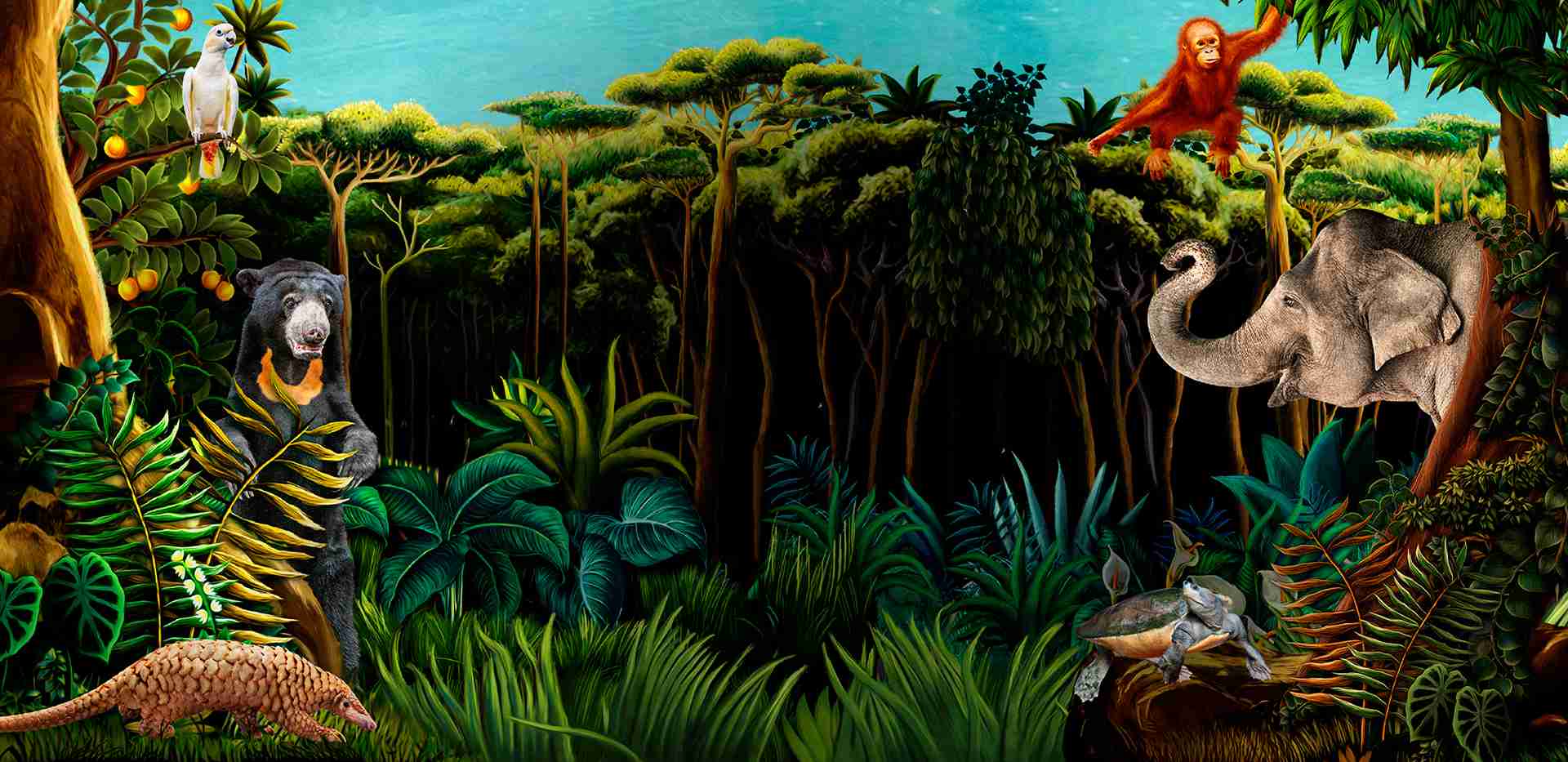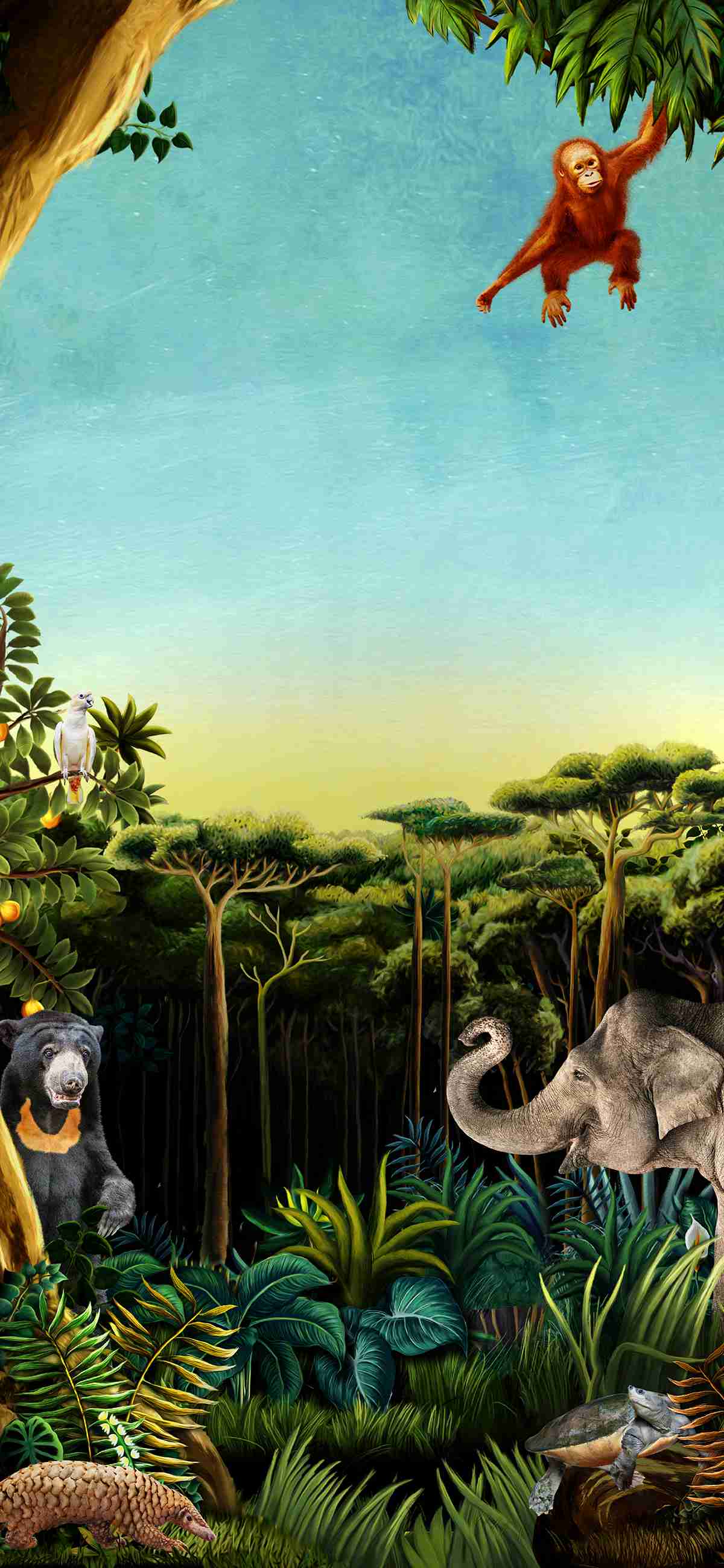Tortoise Shell-ter is a naturalistic sanctuary offering optimum conditions for our chelonian collection to breed and display their natural behaviour. Here, you can learn about our ‘shell-ebrities’ - some of the world’s rarest tortoises - and ongoing conservation efforts to increase their numbers.
Highlights
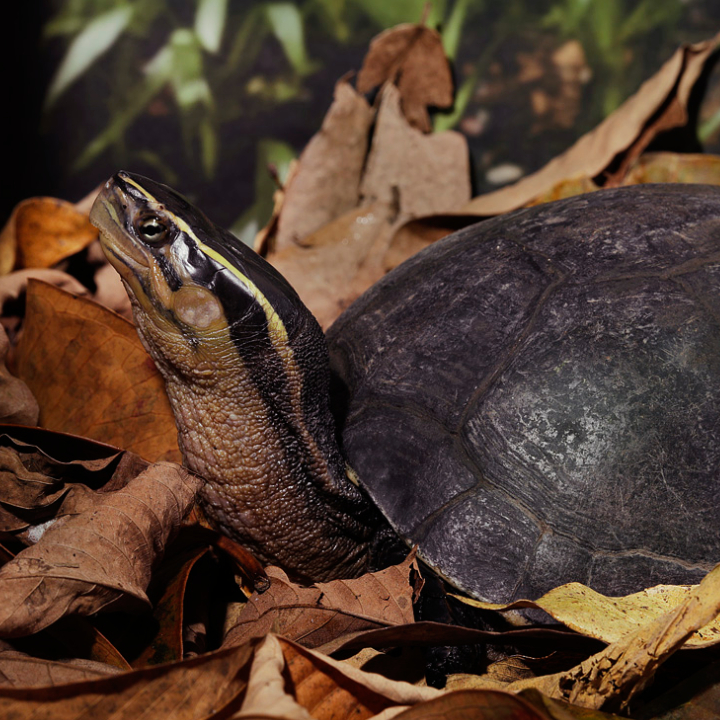
Asian Box Turtle
Its hinged plastron (shell underside) allows it to close its shell completely, protecting their head, limbs, and soft body parts when threatened.
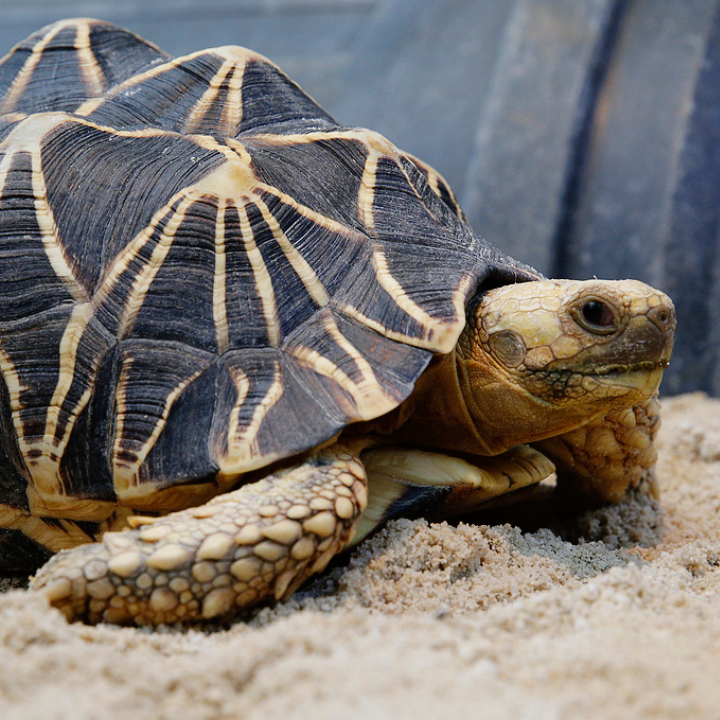
Burmese star tortoise
Deemed functionally extinct in the 2000s. We work with conservation partners to reestablish wild populations in its native home - Myanmar.
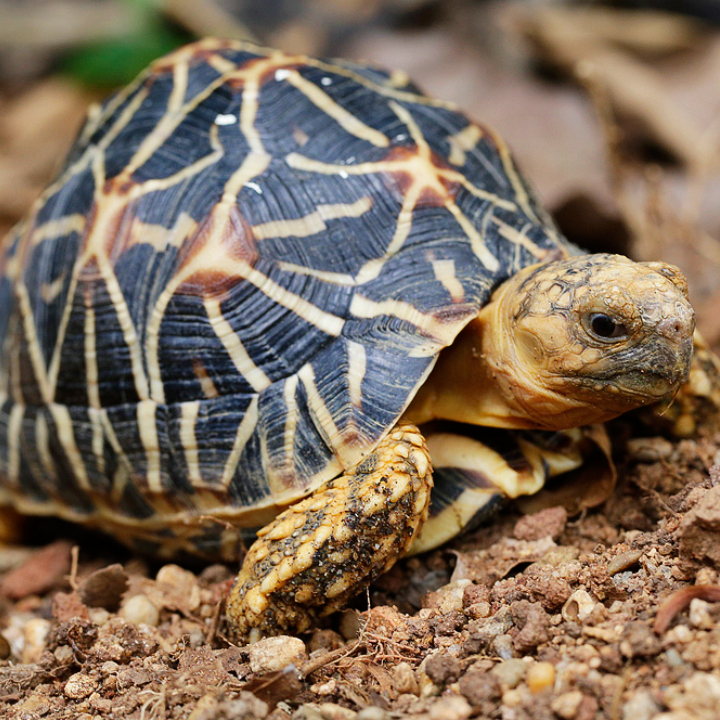
Indian Star Tortoise
Its star-patterned shell helps with camouflage, and males often battle rivals by flipping them over.
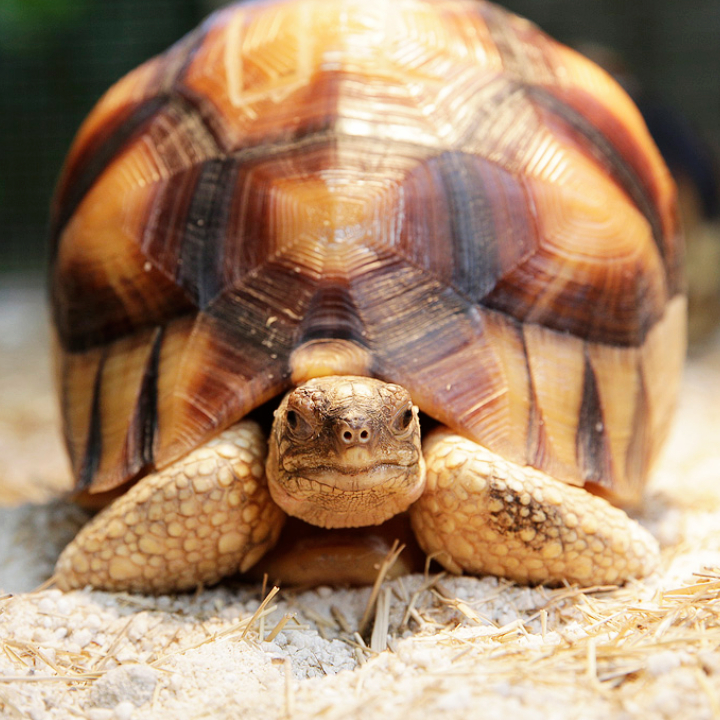
Ploughshore tortoise
Males use their plough-shaped shell tip to ram and flip rivals during courtship battles.
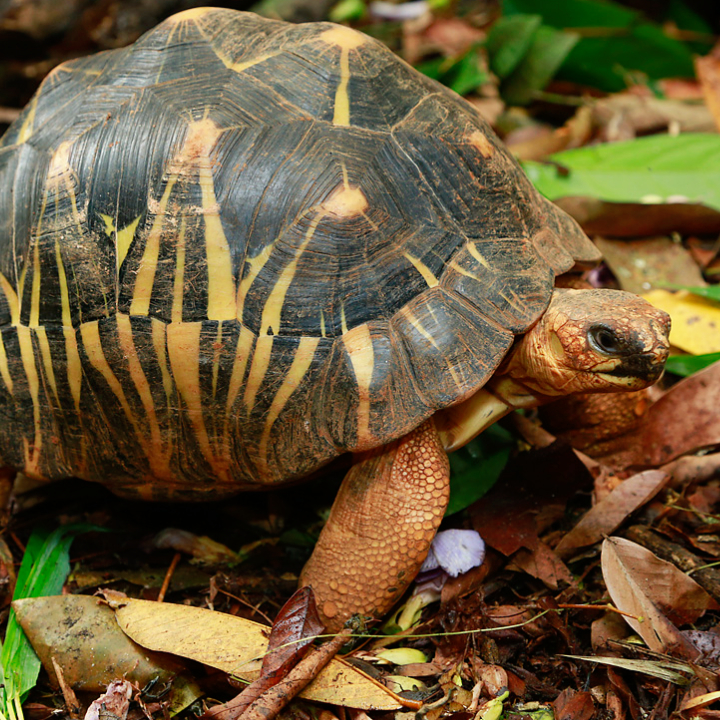
Radiated tortoise
Its shell has fine yellow starbursts and sensitive nerves—it can feel when you touch it!





